18 Fascinating Facts About Las Vegas From The 1950s
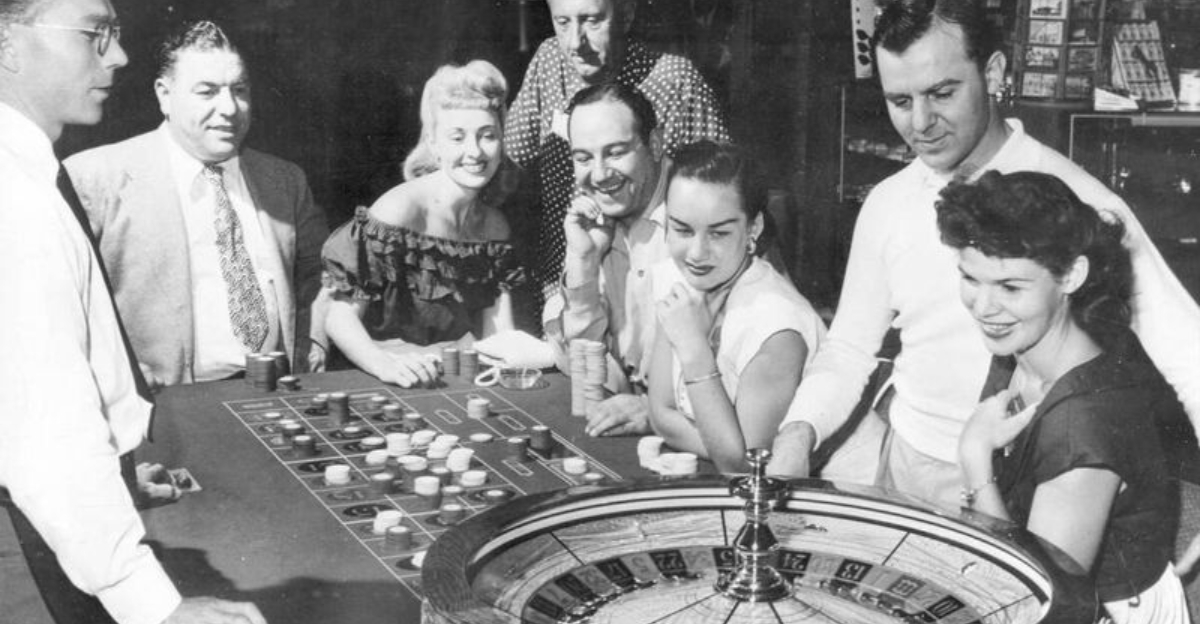
Las Vegas in the 1950s was a dazzling playground where the modern Strip was born. The decade transformed a dusty desert town into an entertainment capital, with legendary performers, mob connections, and iconic casinos defining the era.
I’ve always been captivated by this golden age of Vegas, when the foundations of Sin City’s enduring mystique were laid in neon and stardust. So I decided to share that fascination with you.
1. The Rat Pack Ruled Supreme
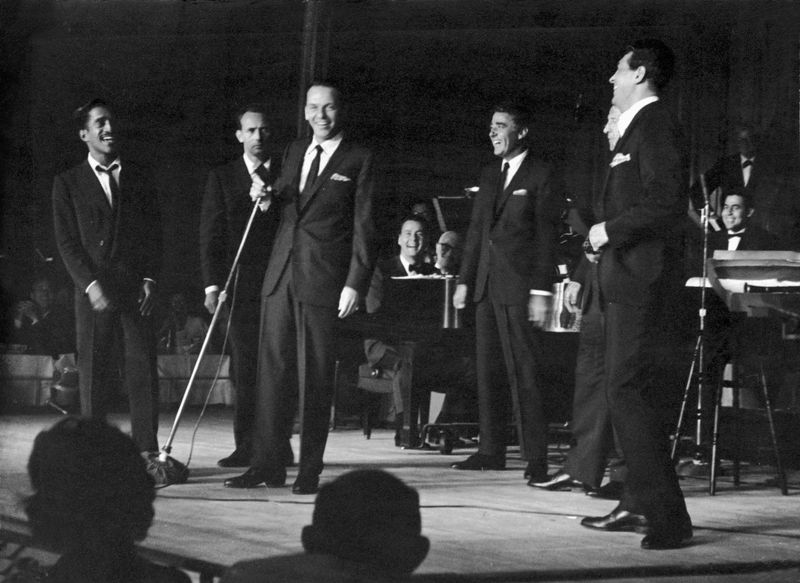
Frank Sinatra, Dean Martin, and Sammy Davis Jr. weren’t just performers—they were Vegas royalty! Their legendary shows at the Sands Hotel became the hottest tickets in town.
I once heard from my grandfather that people would wait hours just for a chance to see these smooth-talking, hard-drinking entertainers work their magic.
The Rat Pack embodied the city’s carefree spirit, making impromptu appearances at each other’s shows and creating unforgettable moments of showbiz history.
2. Atomic Tourism Boomed
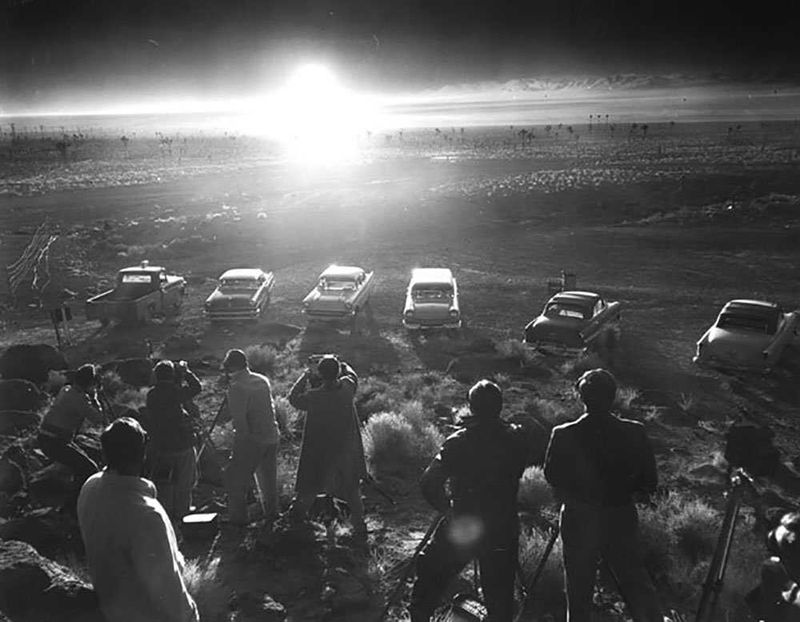
Nuclear tests turned into spectacles, with hotels hosting “atomic parties” for guests to view blasts from rooftops, cocktails in hand.
Just 65 miles away, the Nevada Test Site ran over 100 above-ground tests, promoted by the Chamber of Commerce as must-see events, uniquely branding fallout as Vegas entertainment.
3. Mob Money Built the Strip
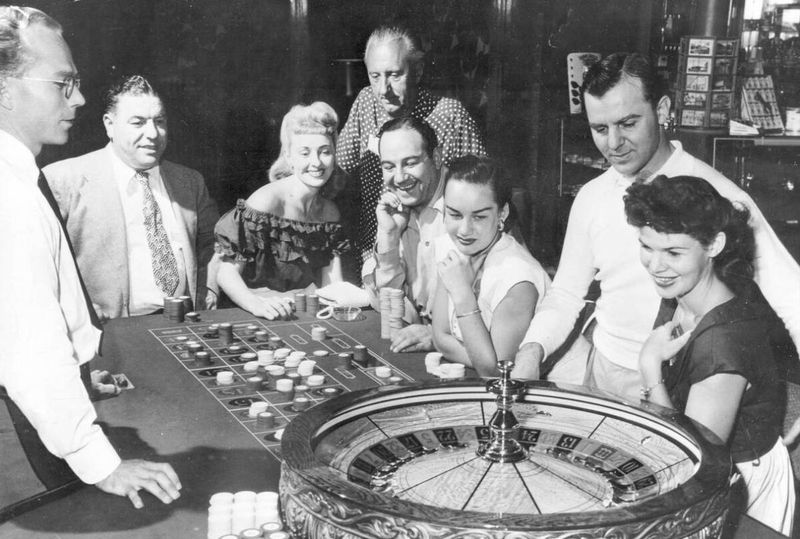
Shady figures like Bugsy Siegel and Meyer Lansky saw Vegas as a treasure trove, fueling its rise. The Flamingo, Tropicana, and Stardust bore mob ties, with the Desert Inn’s count room hiding secret passages, as a tour guide once hinted.
These underworld players turned a sleepy town into a lavish vice haven.
4. Segregation Divided the City
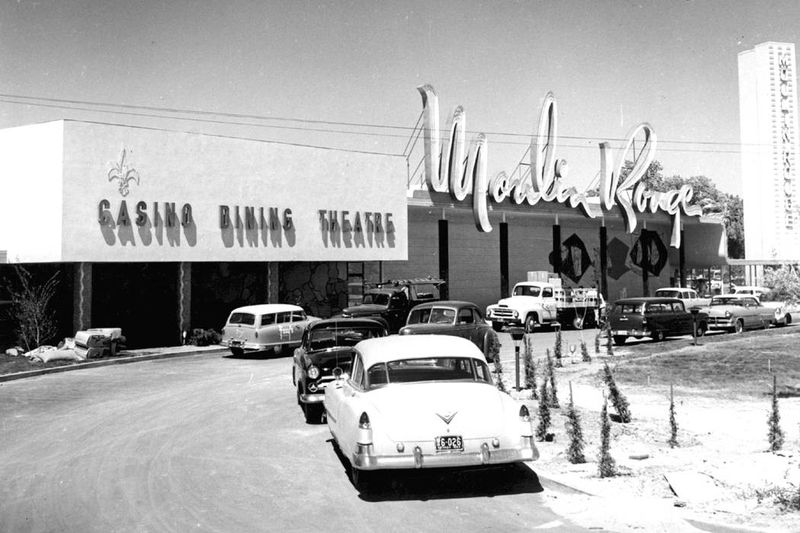
While Sammy Davis Jr. dazzled audiences on stage, he couldn’t enter through the front door or stay at the very hotels where he performed. The Strip maintained strict segregation policies.
African American performers and tourists were relegated to the Westside, where the Moulin Rouge, Vegas’s first integrated casino, finally opened in 1955. This groundbreaking establishment became a symbol of progress, though it operated for only six months.
The stark contrast between Vegas’s glamorous image and its discriminatory practices remains a sobering part of its history.
5. Wedding Chapels Multiplied
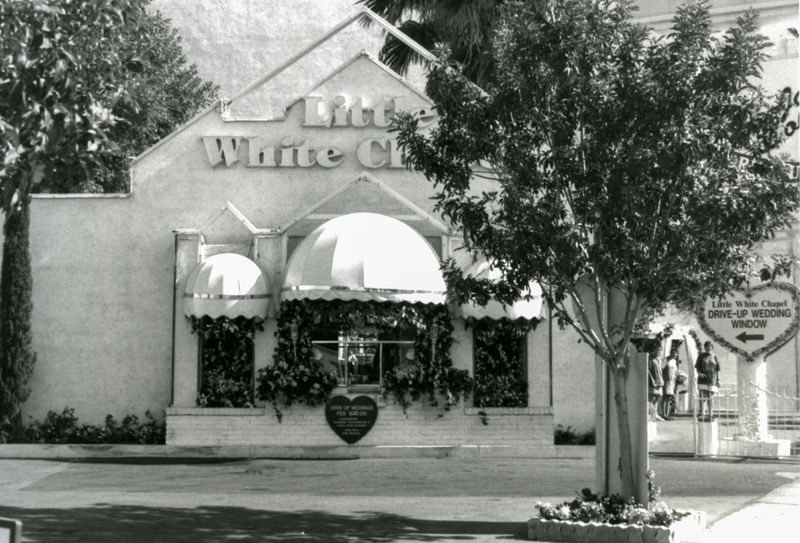
Quickie weddings became big business! Nevada’s lenient marriage laws (no waiting period, no blood tests) made Vegas the elopement capital of America.
By the mid-50s, over 20,000 couples were tying the knot annually in Vegas. The Little Church of the West, built in 1942, became a celebrity favorite.
My aunt still giggles about how she and my uncle drove all night from California in 1957, got hitched by an Elvis impersonator, and were back at work Monday morning—their colleagues none the wiser!
6. The Swimming Pool Revolution
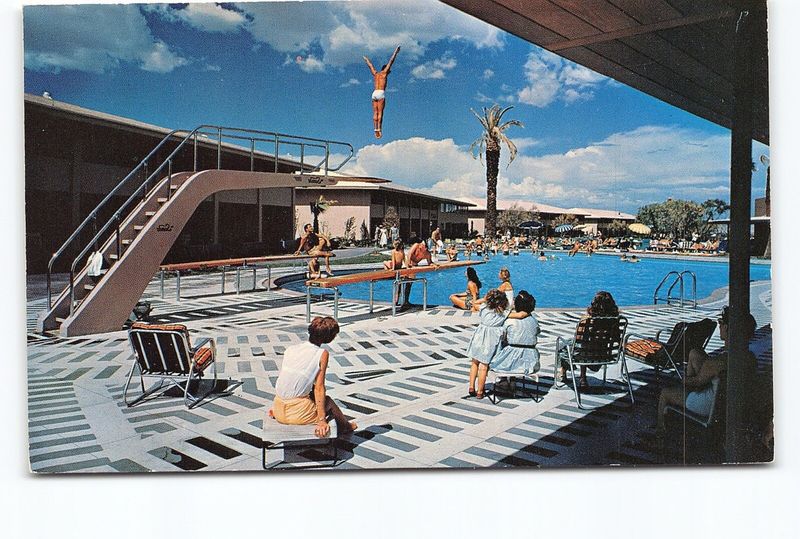
Hotel pools evolved into lavish attractions, starting with the Sands’ Olympic-sized pool in 1952. The Dunes countered with a cloverleaf design, and the Tropicana’s palm-fringed “Tiffany of pools” dazzled.
These aquatic gems reshaped the desert, becoming social hubs for celebrity lounging and deal-making.
7. Neon Lit Up the Desert
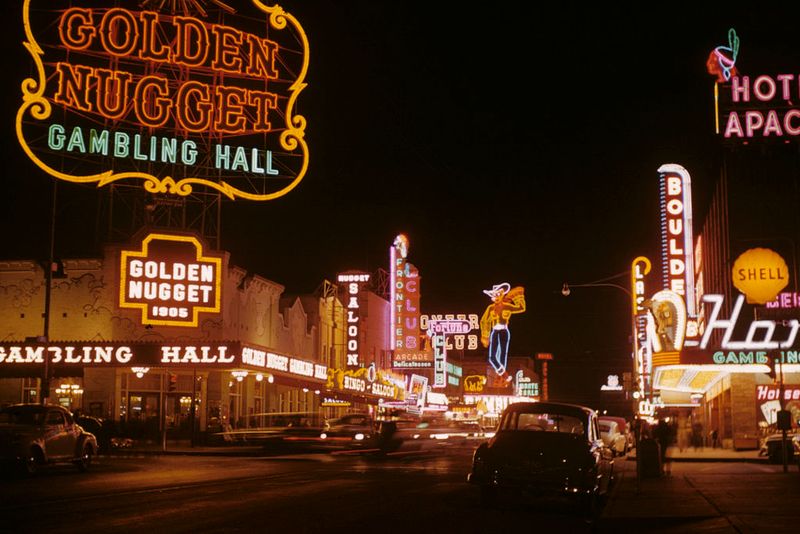
Vegas didn’t just use neon—it elevated it to an art form! The 1950s saw an explosion of ever-larger, increasingly elaborate signs lighting up the desert night.
Young Electric Sign Company (YESCO) created many iconic displays, including the 40-foot-tall Vegas Vic cowboy at the Pioneer Club. I still remember my grandmother describing her first drive down Fremont Street in 1956—”like daylight at midnight,” she’d say, eyes twinkling.
These massive electric masterpieces became the city’s defining visual language, visible to pilots 15 miles away!
8. Showgirls Defined Entertainment

Long-legged beauties in elaborate headdresses became Vegas’s signature entertainment! These productions combined French-inspired elegance with All-American showmanship.
The Stardust’s “Lido de Paris” revue, imported directly from France in 1958, set new standards with its $350,000 budget ($3.5 million today). Showgirls earned excellent money—up to $250 weekly when the average American made $75.
Many performers told me these shows created a surprising sisterhood, with women supporting each other through rigorous rehearsals and the demands of doing two shows nightly in 30-pound headdresses!
9. Buffets Became a Vegas Tradition
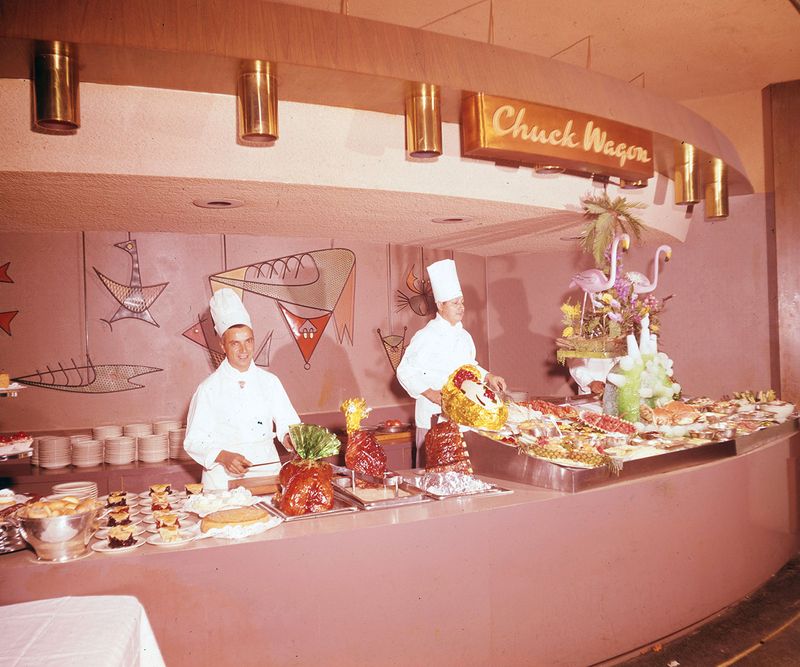
The all-you-can-eat buffet was born in Vegas! The El Rancho Vegas introduced the concept in the 1940s, but the 1950s saw it explode in popularity.
Casinos offered midnight “chuckwagon” buffets for just $1.50 to keep gamblers from leaving. The strategy worked brilliantly! The Sahara’s buffet became famous for its ice carvings, while the Sands boasted about its “Garden of Eatin’.”
These lavish spreads of prime rib, shrimp, and desserts became a Vegas institution that continues to this day.
10. The Desert Inn Set New Standards

When millionaire Wilbur Clark opened the Desert Inn in 1950, it redefined luxury in Las Vegas. The resort cost a staggering $6.5 million and featured the city’s first championship golf course.
Howard Hughes was so impressed during his stay that he eventually bought the entire property! The Desert Inn’s elegant Sky Room restaurant became the place for celebrities and high rollers to see and be seen.
11. Entertainers Crossed Color Lines
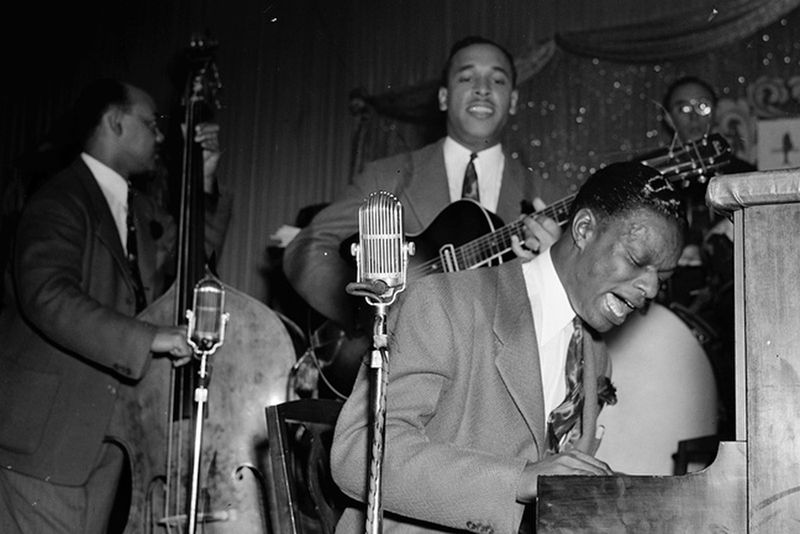
Performers like Nat King Cole and Sammy Davis Jr. faced a painful paradox—headlining shows while being barred from hotel accommodations. They typically stayed at westside boarding houses after their performances.
Pearl Bailey memorably protested by jumping into the Flamingo’s pool, forcing its desegregation. These brave artists used their star power to challenge discriminatory practices.
By decade’s end, pressure from celebrities and civil rights advocates began breaking down barriers, though full integration wouldn’t come until the 1960s.
12. The Sands Hotel Defined Cool
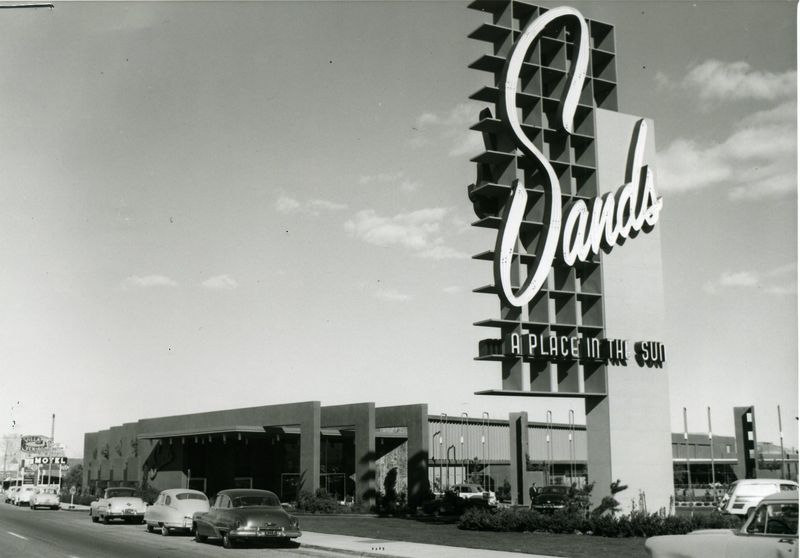
No establishment captured the essence of 1950s Vegas quite like the Sands. Opening in 1952, it quickly became the epicenter of cool, thanks to its Copa Room and A-list entertainers.
The hotel’s iconic space-age sign and distinctive “S” logo were designed by architect Wayne McAllister. My collection includes a vintage Sands matchbook—a prized souvenir!
The property’s publicity photos of celebrities lounging poolside created an aspirational image that helped transform Vegas from a gambling town into a sophisticated resort destination.
13. Liberace Commanded Top Dollar
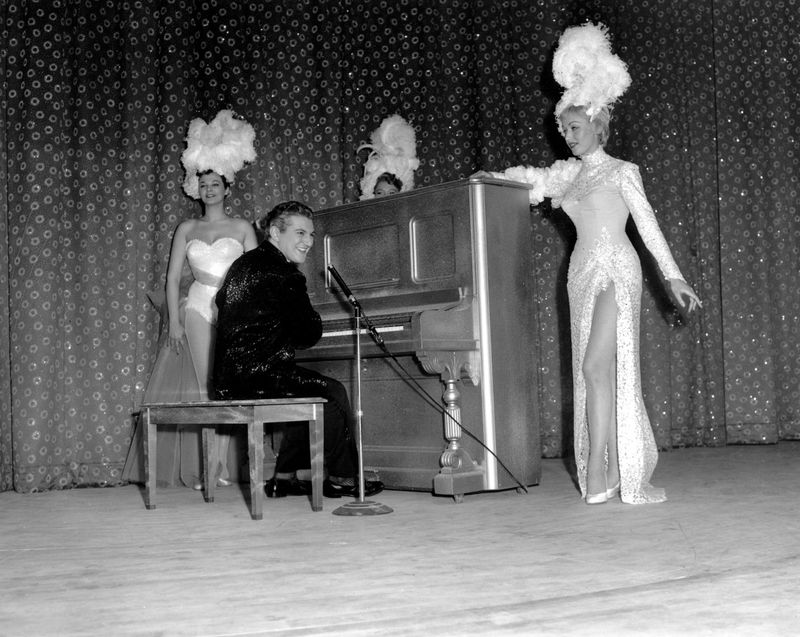
The flamboyant pianist known as “Mr. Showmanship” earned an unprecedented $50,000 per week at the Riviera Hotel in 1955—more than any performer before him!
Liberace’s rhinestone-encrusted costumes, candelabra, and charismatic stage presence drew massive crowds. Women particularly adored him, often throwing their room keys on stage.
His theatrical entrances—sometimes arriving on stage in a mirrored Rolls-Royce—set new standards for Vegas extravagance that influence performers to this day.
14. Cactus Garden Drive-In Wedding Chapel
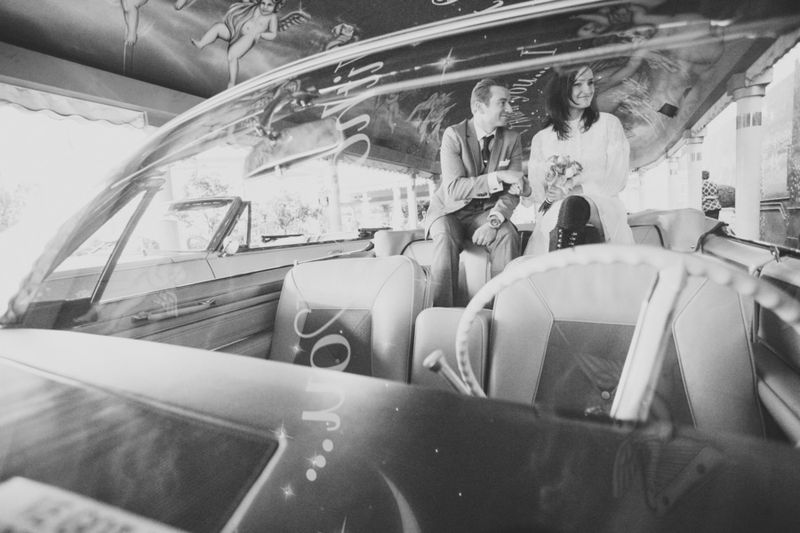
Vegas weddings reached peak convenience with the world’s first drive-thru wedding chapel! The Cactus Garden allowed couples to say “I do” without leaving their Cadillacs.
For just $5, lovebirds could pull up to a window, exchange vows with a justice of the peace, and drive away married in under five minutes.
My favorite story involves a couple who got hitched while their car was leaking oil—the chapel attendant performed the ceremony while simultaneously placing a drip pan under their vehicle!
15. Hoover Dam Powered the Neon
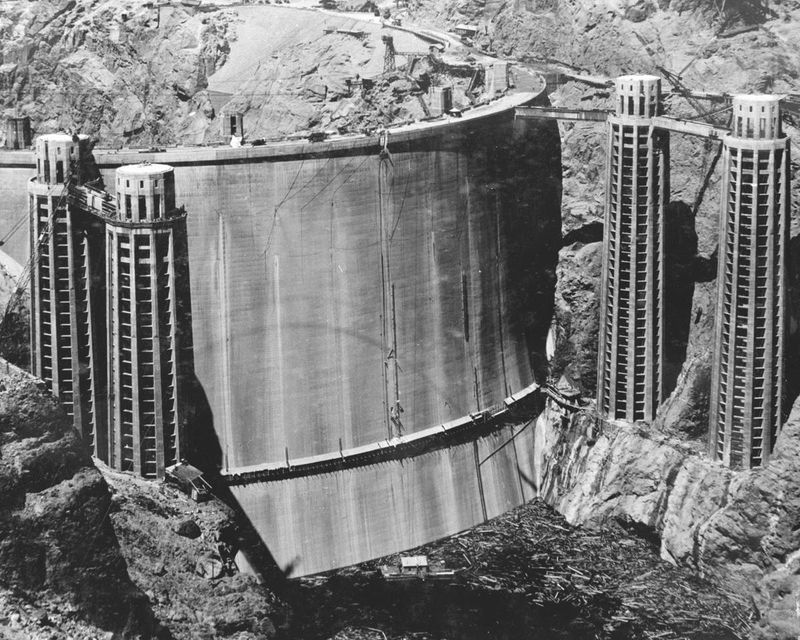
All those dazzling lights needed serious power! Hoover Dam, completed in 1936, provided the electricity that made Vegas’s neon wonderland possible.
The dam’s proximity (just 30 miles away) gave Vegas a unique advantage—reliable, cheap electricity in the middle of the desert. This abundant power allowed casinos to create increasingly spectacular light displays without worrying about costs.
The relationship was symbiotic: dam tours became popular side trips for Vegas visitors, while the city’s growth justified the massive hydroelectric project.
16. The Riviera Reached for the Sky
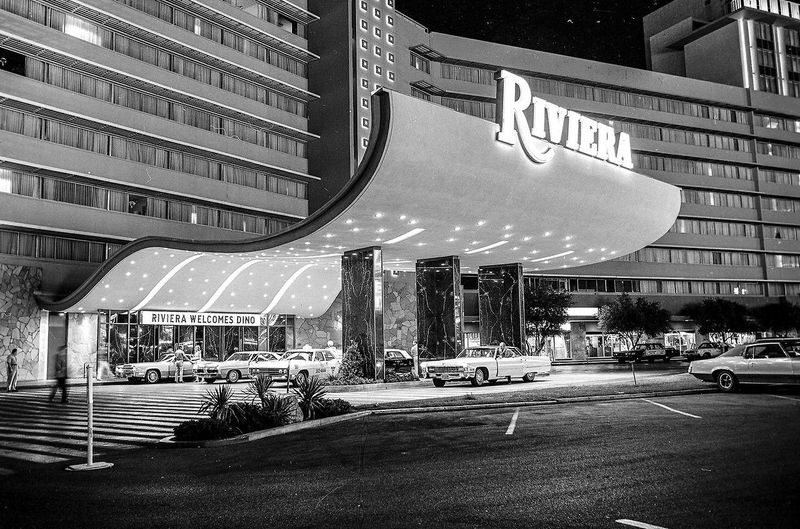
When the Riviera Hotel opened in 1955, its nine-story tower was the first high-rise on the Strip! This vertical approach changed Vegas architecture forever.
Before the Riviera, Las Vegas resorts sprawled horizontally across the desert. The new tower design maximized valuable Strip frontage and offered guests spectacular views. Competitors quickly followed suit, creating the iconic skyline we know today.
Hollywood embraced the modern marvel too—the Riviera appeared in the original “Ocean’s Eleven” film starring the Rat Pack in 1960.
17. The Sahara’s Camel Races
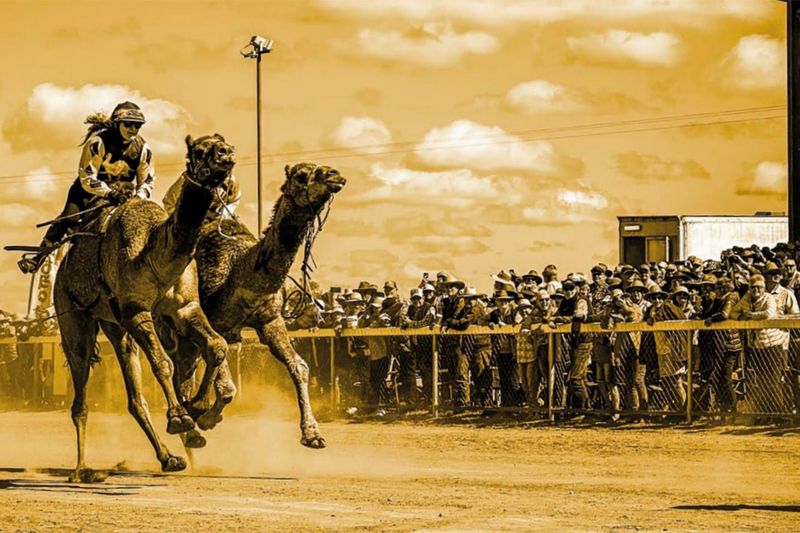
Talk about quirky publicity stunts! The Sahara Hotel hosted actual camel races in its parking lot during the 1950s, with celebrities as jockeys.
These bizarre spectacles drew massive crowds and national press coverage. Jayne Mansfield, Jerry Lewis, and other stars participated, often wearing elaborate “Arabian” costumes. My uncle swears he won $50 betting on Jimmy Durante’s camel in 1958!
The races perfectly captured Vegas’s anything-goes spirit and knack for creating memorable, only-in-Vegas moments that tourists couldn’t resist.
18. The Famous Flamingo Flamingos
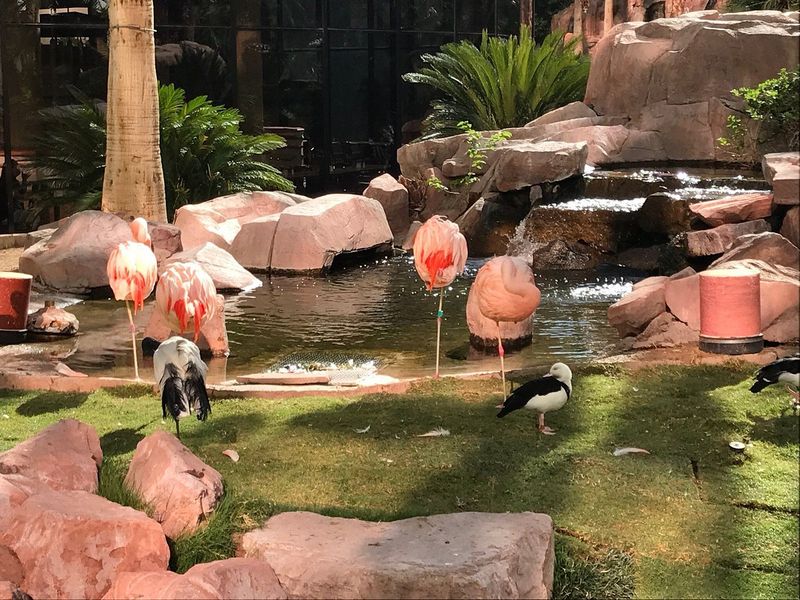
Live flamingos at the Flamingo Hotel weren’t just namesakes—they were star attractions! The hotel’s lush grounds featured a special habitat for these exotic pink birds.
Bugsy Siegel originally envisioned this tropical paradise as a way to distinguish his resort from competitors. Tourists lined up to photograph these feathered residents, who became unofficial mascots of the Strip.
The birds proved so popular that other hotels scrambled to add their own animal attractions. The Dunes briefly kept live camels, while the Desert Inn featured a small petting zoo!
